When and How to Prune Fruit Trees
I don’t have a sprawling orchard, just a few favorite fruit trees in my yard. Each year, I give myself a little refresher on when and how to prune fruit trees before I start. Pruning deciduous fruit trees can seem intimidating, but here’s the good news: even an imperfect pruning job is better than skipping it entirely. The more you practice, the better you’ll get, and fruit trees rely on us for this critical step. Left to their own devices, they grow wild, producing lots of small fruit. A little effort on your part keeps them healthy, productive, and manageable.
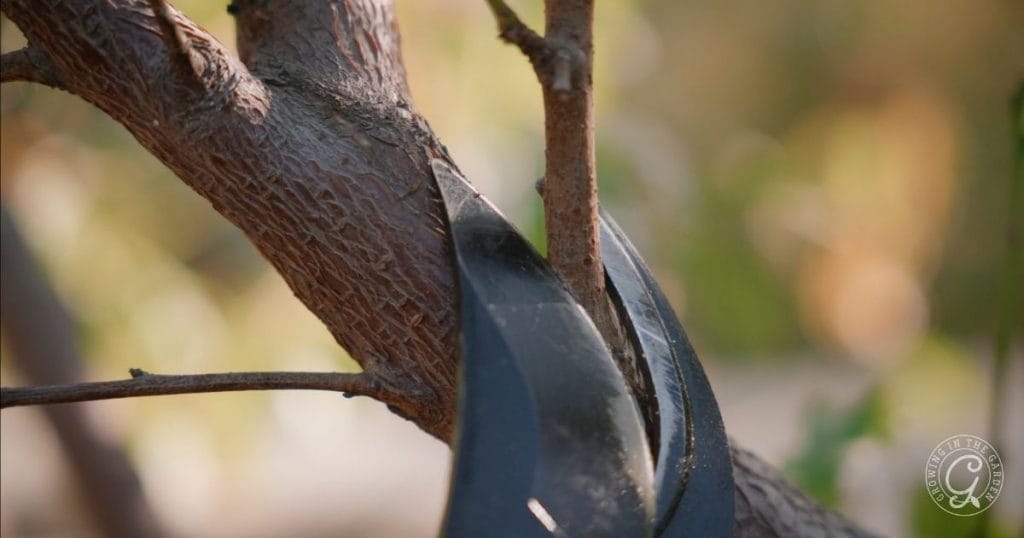
Use the principles in this post to guide you. If you can work alongside an experienced friend or neighbor as they prune their fruit trees, that’s even better—it’s a great way to gain confidence and learn by doing. Whether your tree is young or a mature producer, smart pruning makes all the difference, giving you healthier trees, easier harvests, and abundant, large, delicious fruit.
Article Index
- When to Prune Fruit Trees
- Essential Tools for Pruning
- Pruning Basics: Understanding the Terms
- How to Prune Young Deciduous Fruit Trees (Years 1–3)
- Pruning Established or Mature Deciduous Fruit Trees
- Final Tips
When to Prune Fruit Trees
Timing is everything when it comes to pruning fruit trees. For deciduous trees like peaches, plums, and apples, the best time to prune is during the dormant season in winter. This is when the tree’s growth slows down, making it easier to see the structure and make thoughtful cuts without causing unnecessary stress. In most regions, pruning is done after the leaves have fallen and before the first buds begin to swell in spring. This encourages healthy new growth and sets the stage for a productive season.
Pruning may need to happen sooner in the low desert, where winters are mild and the dormant period can be short. Aim to prune deciduous trees before the first buds break, even if some leaves haven’t fallen yet. This is often in January or at the latest, in February. Waiting too long can interfere with spring growth and reduce fruit production.

Pruning can also be done in the summer to help control the size of deciduous fruit trees or remove unwanted water sprouts and suckers. Learn more about how to identify and deal with suckers in this guide.
For citrus trees—such as oranges, lemons, and grapefruits—pruning is best done after the last frost in late winter or early spring. Because citrus trees don’t go fully dormant, focus on removing dead or damaged branches and gently shaping the tree as it prepares for active growth. Citrus trees don’t require pruning like deciduous fruit trees do. Read this guide to learn more about how to grow citrus.
Essential Tools
Using the right tools makes pruning easier, safer, and more effective. Here’s what you may need:
- Hand Pruners: Perfect for small branches and precise cuts. Look for bypass pruners for a clean, close cut. Do not use anvil pruners on live wood. Recommended: Felco Hand Pruners
- Loppers: These long-handled pruners are ideal for thicker branches (up to 1–2 inches in diameter) and hard-to-reach areas. Recommended: Corona Bypass Lopers
- Pruning Saw: Use a pruning saw for large branches that are too thick for loppers. Choose one with a sharp, curved blade for smooth cutting. Recommended: Corona Folding Saw
- Pole Pruners: Pole pruners let you reach higher branches without climbing. Ensure the pole is sturdy and adjustable. Recommended: Doca Pole Saw
- Tool Maintenance Supplies: Keep tools sharp and clean to make cuts easier and reduce the risk of spreading disease. A 10% bleach solution or rubbing alcohol is helpful for disinfecting blades between cuts. Recommended: Corona Blade Sharpener
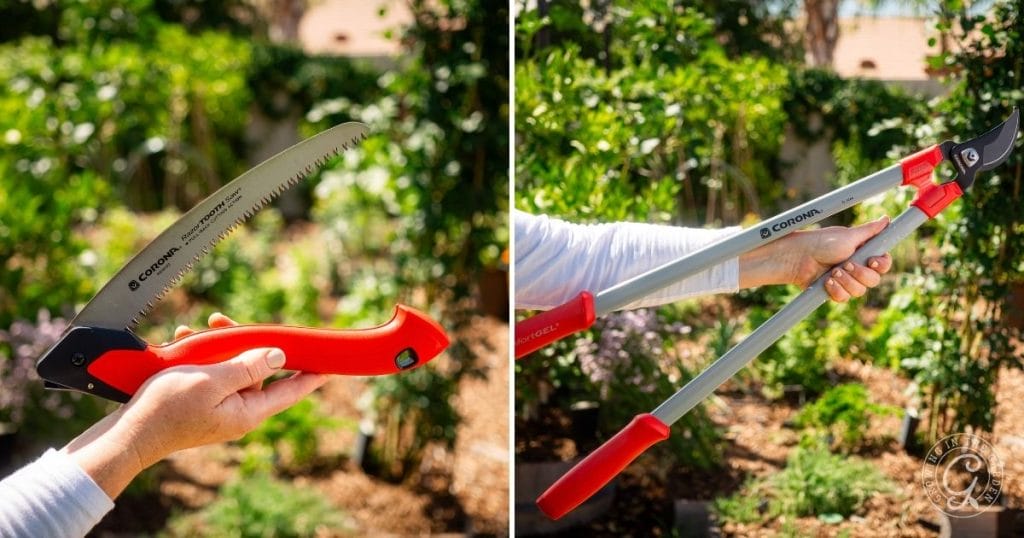
Pruning Basics: Understanding the Terms
Before you start pruning, it’s helpful to understand a few key terms and techniques.
Where to Cut: The Branch Collar
The branch collar is the slightly swollen area at the branch’s base where it connects to the trunk or a larger limb. This is the tree’s natural healing zone, so always make your cuts just outside the branch collar. Cutting too close to the trunk can damage the tree, while leaving a stub can slow healing and invite pests or diseases.
Thinning Cuts
Thinning cuts remove an entire branch back to its point of origin (either the trunk or another branch). These cuts are used to:
- Improve airflow and light penetration in the canopy.
- Remove crossing, weak, or overcrowded branches.
- Maintain the tree’s overall shape and prevent overgrowth.
Thinning cuts can be used during dormant or summer pruning. This type of cut is less stimulating and won’t encourage excessive regrowth, making it ideal for structural pruning.
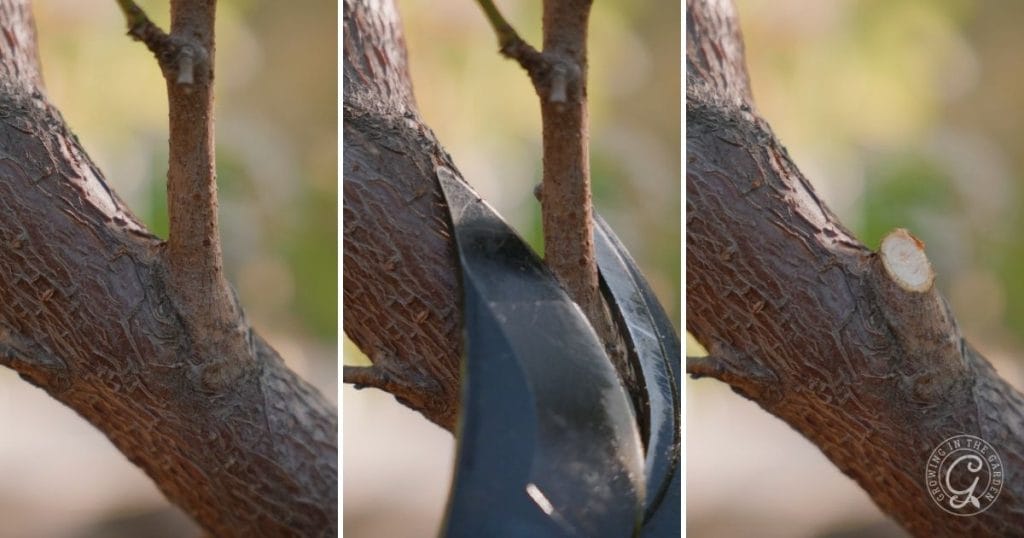
Heading Cuts
Heading cuts shorten a branch or shoot to a specific point, encouraging new growth just below the cut. This type of pruning:
- Stimulates bushier growth and encourages branching.
- Is used at planting time to create leaf sprouts that become scaffold branches.
- Is used to manage the size and shape of the tree.
- Promotes fruiting on new wood (important for trees like peaches that bear fruit on last year’s growth).
Heading cuts are most effective when used sparingly during the dormant season. Overuse can lead to excessive, weak growth that requires additional thinning later.
When to Use Each Type of Cut
- Dormant Season (Winter): Focus on thinning cuts to remove dead, diseased, or poorly placed branches. Use heading cuts to shape young trees and encourage branching.
- After the Last Frost (Citrus Trees): Use thinning cuts to clean up dead or damaged wood. Apply heading cuts only if needed for shaping.
- Summer (Light Pruning): Remove water sprouts, suckers, or overly vigorous shoots with thinning cuts. Heading cuts can be used to control size and shape but should be minimal to avoid stressing the tree.
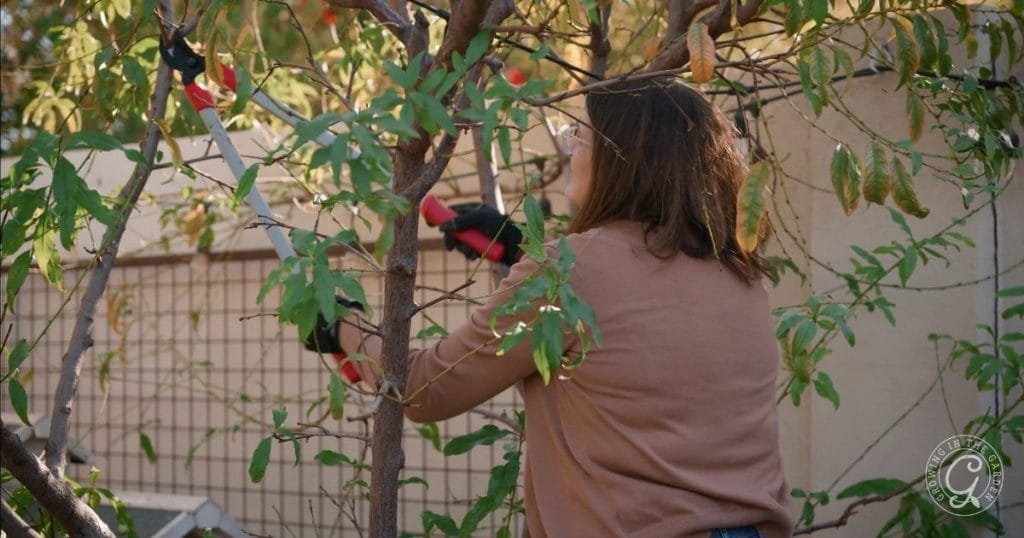
How to Prune Young Deciduous Fruit Trees (Years 1–3)
Pruning newly planted fruit trees is essential for setting a strong framework and balancing root and shoot growth. It ensures the tree develops well-spaced, sturdy branches capable of supporting fruit in the future. Early pruning also removes weak or poorly positioned branches and encourages healthy new growth, making it easier to shape the tree for long-term success. This small step lays the foundation for a productive, healthy tree.
Right After Planting
- Cut the tree down by ⅔ to 18-24 inches (45-60 cm)(about knee height). Make a clean cut at a 45° angle just above a bud. Ensure there are several buds below the cut and above the graft (where the tree is grafted onto the rootstock).
- If your sapling already has a few branches, select three or four well-spaced (4–6 inches apart on the trunk) and form angles greater than 45° with the trunk. Remove all others.
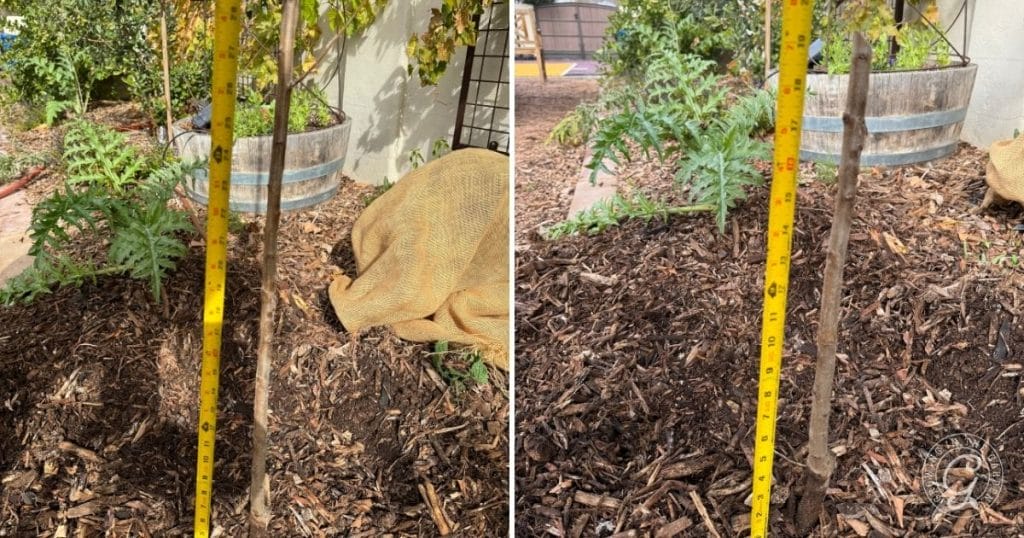
Open-Center (Vase) Shape
This shape removes the central leader, leaving 3–5 main branches fanned out to create an open center. It allows sunlight and airflow to reach the entire canopy, which helps prevent disease and promotes fruit ripening—commonly used for peaches, plums, apricots, and nectarines.
- Imagine the finished shape as a vase: open in the center, allowing light and airflow. This helps prevent disease and produces higher-quality fruit.
- Trim away any branches pointing inward toward the trunk or crossing one another. You want to keep the canopy open and balanced.
Central Leader
This shape keeps a single, upright main trunk with evenly spaced branches radiating outward. It provides a strong structure and is ideal for trees that naturally grow tall, such as apples, pears, and cherries.
- Select the strongest, straightest shoot as the central leader and remove competing vertical branches. Keep 4–6 evenly spaced lateral branches around the trunk, ensuring they form wide angles (45–60°) for strength.
- Each year, shorten the lateral branches to maintain balance and encourage upward growth of the leader while removing any branches that crowd the center or grow downward.
Year-by-Year Training
- In the first few years, continue to remove weak or poorly angled branches.
- Keep the trunk free of suckers (shoots that come from the base or roots) and remove water sprouts (shoots that grow straight up from older branches).
Pruning Established or Mature Deciduous Fruit Trees
Prune Annually
- Skipping a year makes the next pruning session more challenging. Annual pruning helps maintain a manageable height and prevents overcrowding.
Remove Problem Wood
- Always take out dead, dying, or diseased wood. Make your cut below the infected area into healthy tissue, and disinfect your tools (a 10% bleach solution works well) to avoid spreading disease.
- Eliminate any branches that touch or cross each other. One of them must go so neither is damaged.
- If two branches run parallel, consider how they will grow. The upper limb will eventually shade the lower one. Decide which is better for the tree’s shape and health, then remove the other.
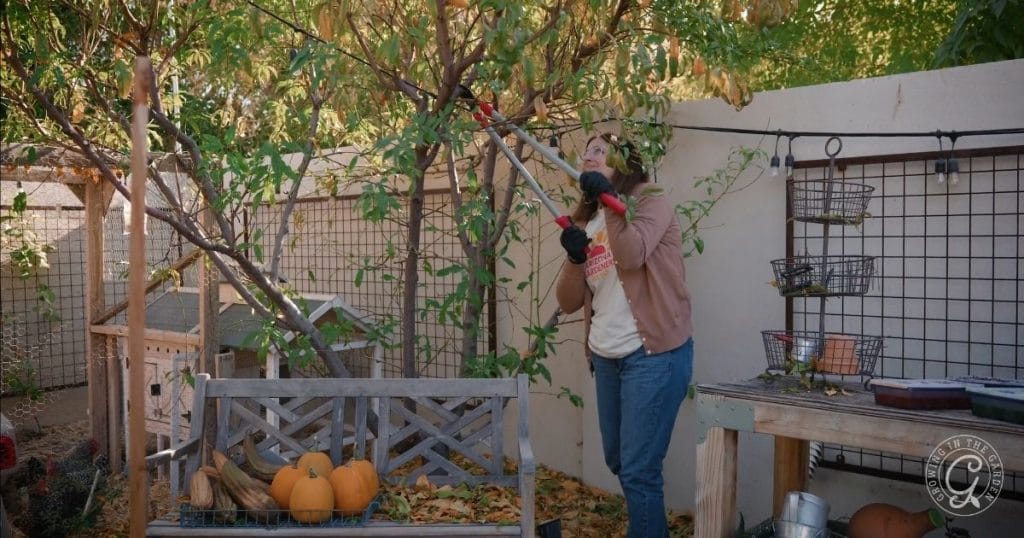
Maintain an Open Center or Central Leader
For an open center (vase shape), remove any shoots growing inward toward the trunk to maintain an airy, open shape that allows sunlight and air to circulate freely. Trim the tips of last year’s growth to a height suitable for harvesting, stimulating new shoots for the coming season.
For a central leader, focus on keeping a single, upright trunk as the main leader. Remove any competing vertical shoots and ensure lateral branches are evenly spaced around the trunk, forming wide angles (45–60°) for strength. Trim back lateral branches slightly to encourage balanced growth while removing any that grow inward, downward, or crowd the canopy.
Suckers and Water Sprouts
- Suckers grow from the rootstock and rob energy from fruit production. Remove them as soon as they appear.
- Water sprouts shoot straight up from older branches. Pull or cut them off early to keep your tree’s canopy open and shaped.
Large or Overgrown Trees
- Never remove more than one-third of the tree’s branches in a single year.
- Focus first on the worst offenders—branches that cross or rub, have grown too tall, or crowd the center.
- Step back occasionally to see the tree’s overall shape before making more cuts. Continue removing suckers, water sprouts, and tips of fruiting branches to the desired height.
Final Tips
- Fruit Tree Selection: Trees suited to your region’s chill hours, temperature extremes, and rainfall will grow with less effort, while poorly chosen trees may struggle, require extra care, and produce little fruit. See fruit trees suited for the low desert in this fruit planting guide.
- Proper Planting: Proper planting ensures the tree establishes a strong root system and avoids common issues like poor drainage or unstable growth. Learn how to plant fruit trees in this guide.
- No Pruning Paint: Research shows that wound dressings or pruning paints can trap moisture and pathogens, doing more harm than good. In dry climates, exposed cuts heal best in the open air.
- Shape and Appearance: Keep the final shape (open center or central leader) in mind as you prune. A well-pruned fruit tree is productive and a beautiful addition to your yard.
- Year-Round Attention: Most pruning takes place during the dormant season (winter), but keep an eye out for suckers, water sprouts, or crossing branches during the growing season.
- Thin Remaining Fruit: Thinning reduces the number of fruits, allowing the tree to concentrate its resources on the remaining ones. The result? Larger, juicier, and more flavorful fruit. Learn more about thinning fruit trees in this guide.
- Post-Pruning Care: Proper watering and mulching help your tree recover after pruning. Water deeply to reduce stress and support new growth, especially if pruning was extensive. Apply a layer of mulch around the base of the tree (keeping it a few inches away from the trunk) to retain moisture, regulate soil temperature, and suppress weeds.
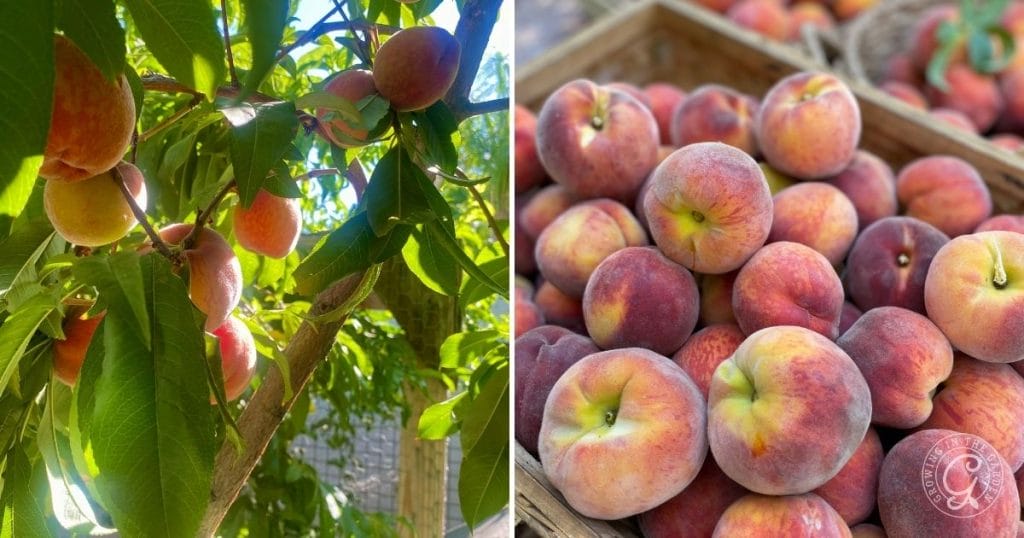
Remember, pruning is a skill learned with practice; even imperfect pruning is better than none! Over time, you’ll see how a little pruning each year leads to beautiful, healthy trees that add beauty to your garden and reward you with sweet, delicious fruit.
Sources:
- A Desert Gardener’s Companion By Kim Nelson
- Grow a Little Fruit Tree: Simple Pruning Techniques for Small-Space, Easy-Harvest Fruit Trees by Ann Ralph

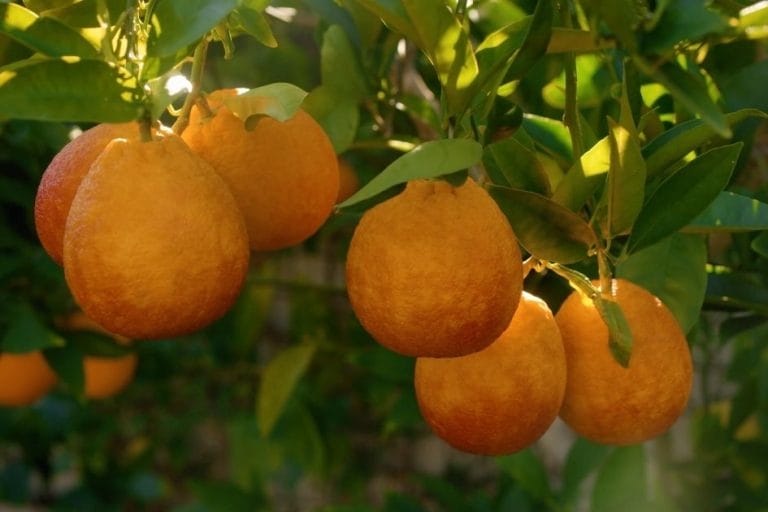
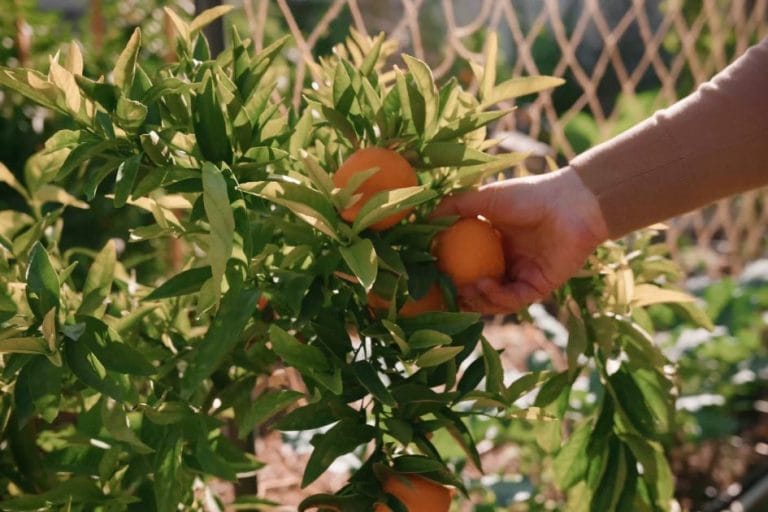
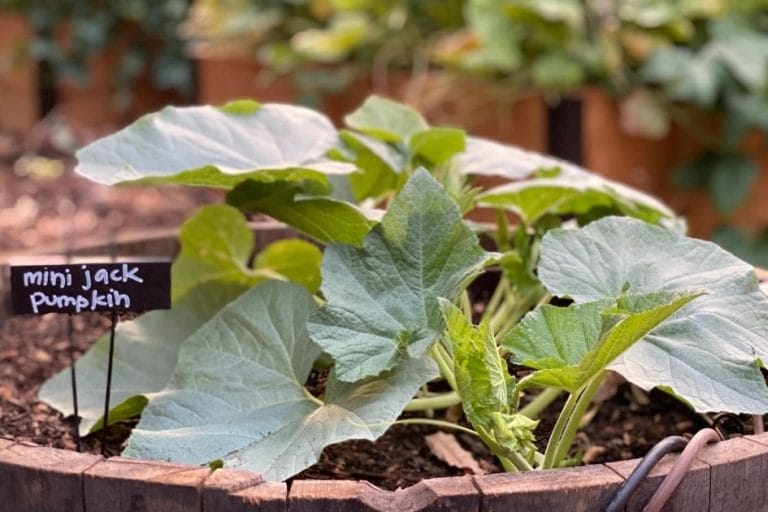
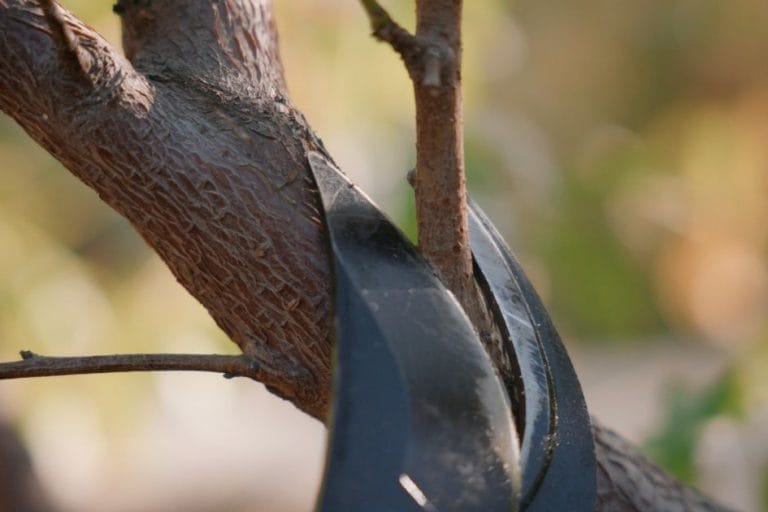

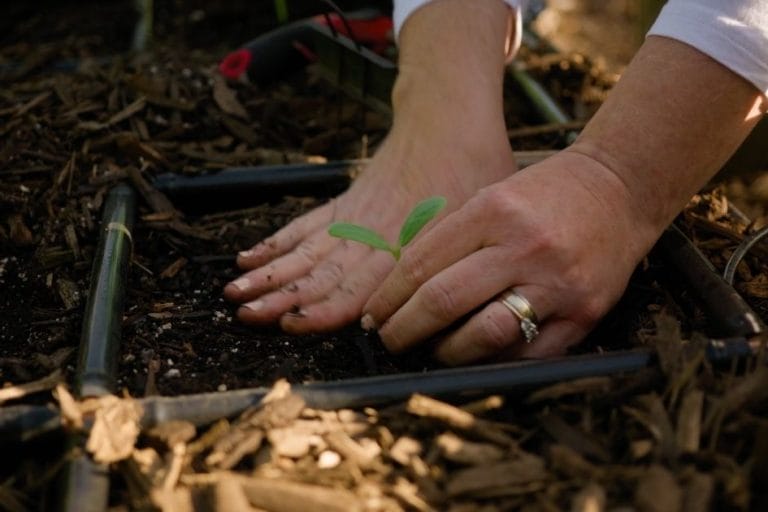
Leave a comment on When and How to Prune Fruit Trees